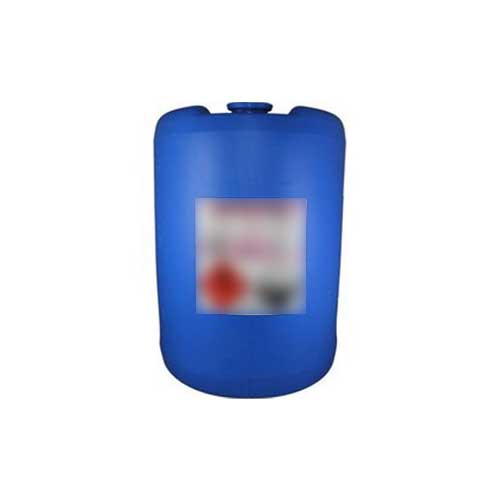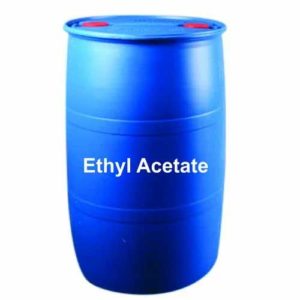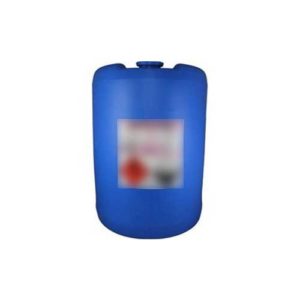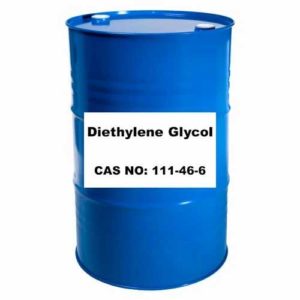OXALIC ACID-H2C2O4
ABOUT:
- Oxidation of carbohydrates: Oxalic acid can be produced by the oxidation of carbohydrates using nitric acid or air in the presence of a catalyst such as vanadium pentoxide. The carbohydrates are first converted to oxalic acid dihydrate, which is then converted to anhydrous oxalic acid by heating.
- Hydrogenation of carbon monoxide: Oxalic acid can be produced by the hydrogenation of carbon monoxide in the presence of a catalyst such as nickel. This method is used commercially to produce oxalic acid.
- Extraction from plants: Oxalic acid can be extracted from certain plants, such as rhubarb and sorrel, which contain high amounts of the acid. The plants are harvested, crushed, and then the oxalic acid is extracted using water or a solvent.
- Byproduct of other processes: Oxalic acid can also be produced as a byproduct of other industrial processes, such as wood pulping and the production of ethylene glycol.
PHYSICAL PROPERTIES:
Appearance: colorless, crystalline solid
Odor: odorless
Melting point: 189°C.
Boiling point: 365°C.
Density: 1.90 g/cm³
pH: Is a weak organic acid with a pH of around 1.3
CHEMICAL PROPERTIES:
- Oxalic acid is a weak organic acid with two carboxylic acid groups. It can donate two protons in aqueous solution, making it a diprotic acid.
- Oxalic acid reacts with bases to form oxalate salts.
- Oxalic acid is a good reducing agent and can reduce various metals, such as silver, gold, and iron.
- Oxalic acid can form an insoluble complex with calcium ions, which can lead to the formation of kidney stones in humans.
APPLICATIONS:
- Oxalic acid is commonly used as a chelating agent in various industrial and household applications
- One of the main applications of oxalic acid as a chelating agent is in the cleaning and maintenance of metal surfaces. It can be used to remove rust, scale, and other deposits from metal surfaces, such as pipes and tanks
- As a bleaching agent, oxalic acid is also employed on a variety of materials, such as paper, wood, and fabrics. These materials’ whiteness and brightness can be improved by it.
- Boat hulls are frequently cleaned and polished using oxalic acid.
DYEING AND PRINTING:
- It can aid in stabilising the pH of the printing paste or dye bath, assuring reliable and consistent results.
- In the dyeing process, oxalic acid can improve the brightness and clarity of some colours, especially for natural dyes.
- As a mordant, oxalic acid can aid to bond the dye to the fabric and enhance its washability and lightfastness.
- In example, oxidising acid can be used to remove mineral buildup and rust stains from textile fibres and fabrics.
- In order to prepare printing paste for specific fabrics, oxalic acid is utilised. It can aid in enhancing the print’s sharpness and colour output.
PHARMACEUTICAL INDUSTRY:
- Oxalic acid has been found to inhibit the production of pro-inflammatory cytokines and enzymes, such as interleukin-1 beta (IL-1β), tumor necrosis factor-alpha (TNF-α), and cyclooxygenase-2 (COX-2), in some animal and cell-based studies.
METALLURGY INDUSTRY:
- Metal surfaces are cleaned using oxalic acid, especially those that have gotten dirty or stained from being out in the elements.
- For polishing purposes, oxalic acid is applied to metals like brass and copper.
- Metal surfaces are etched using oxalic acid. It can produce a matte finish on the metal’s surface, which is frequently used as a foundation for additional finishing procedures.
- Passivating stainless steel surfaces using oxalic acid helps to stop corrosion and lengthen the metal’s lifespan.
WOOD AND PAPER:
- Wooden surfaces are cleaned using oxalic acid, especially those that have gotten dirty or stained through being exposed to the elements.
- When bleaching wood, oxalic acid is often used to remove dark stains or discolorations.
- The bleaching of paper products, especially those derived from wood pulp, uses oxalic acid. Remaining lignin and other impurities may be eliminated, resulting in a brighter and more even hue.
- Paper items can be cleaned of ink stains with oxalic acid. It functions by disintegrating the ink particles, making them simpler to remove from the paper’s surface.
WATER TREATMENT:
- Scale deposits on water treatment equipment, especially those brought on by calcium and magnesium ions, can be removed with oxalic acid.
- Certain heavy metals, especially those that are challenging to remove from water using other techniques, can be removed from water using oxalic acid.
- The pH of water can be adjusted using oxalic acid in some situations.
- As an oxidising agent, oxalic acid can be used to degrade organic molecules and remove them from water.
FOOD AND BEVERAGE INDUSTRY:
- Certain foods can use oxalic acid as a preservative, especially those that are pickled or canned. It could aid in halting the development of bacteria and other microbes that could taint food.
- In the food and beverage business, oxalic acid can be used as a cleaning agent, especially for removing hard water deposits and other mineral stains from tools and surfaces.
- Oxalic acid has a sour flavour and can be used as an additive to some dishes and drinks.
- Applications for oxalic acid in industrial food processing include the processing of cocoa beans. To make sure it doesn’t reach safe levels, its use is strictly regulated and monitored.
SAFETY MEASURES:
- Protective equipment: Personal protective equipment, such as gloves, eye protection, and a respirator, should be worn when handling oxalic acid. This can help to prevent skin and eye irritation and respiratory problems.
- Ventilation: Oxalic acid should only be used in a well-ventilated area, such as a fume hood. This can help to prevent the buildup of harmful vapors and fumes.
- Handling: Oxalic acid should be handled with care to avoid contact with the skin or eyes. It should be stored in a secure, labeled container, and spills should be cleaned up immediately using appropriate materials.
- Dilution: Oxalic acid should be diluted with water before use to reduce its strength and potential for harm. The concentration of the solution should be carefully monitored to ensure that it is within safe limits.
- Disposal: Oxalic acid should be disposed of properly, following all applicable regulations and guidelines. It should never be poured down the drain or into the environment.






Reviews
There are no reviews yet.